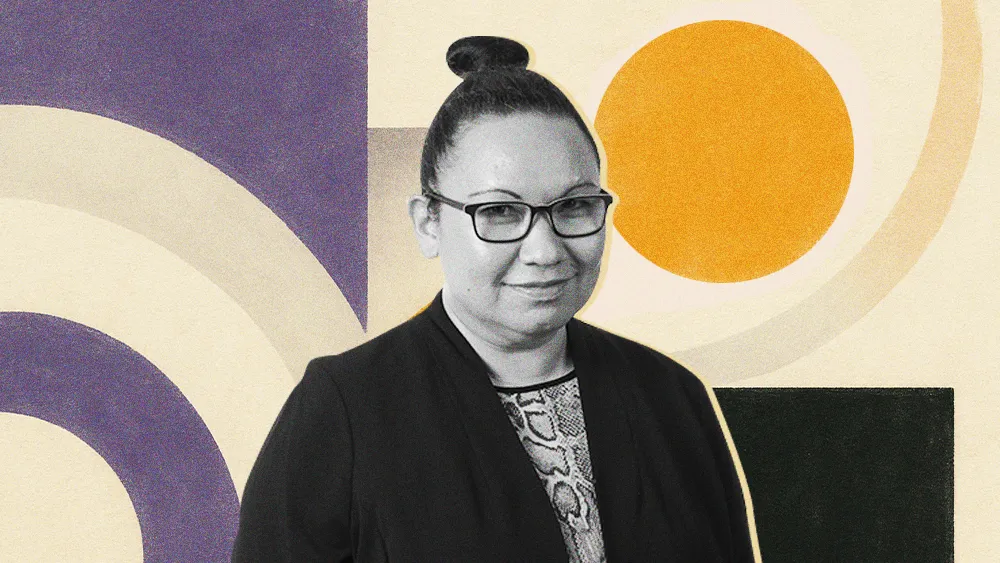
All articles
Why 'Trust Velocity' is the New Success Metric for Enterprise AI, Not Speed
José Ignacio Sordo Galarza, Professor in Digital Transformation at Tecnológico de Monterrey, on why trust is a powerful accelerant over speed.

Key Points
José Ignacio Sordo Galarza, MS, Adjunct Professor in Digital Transformation at Tecnológico de Monterrey, on why trust is a powerful accelerant over speed, introducing 'trust velocity' as a new metric for AI success.
Galarza explains why Responsible AI is fundamental for market adoption and long-term stability.
He discusses the disconnect between technology costs and business value as a barrier to AI success.
Galarza recommends shared responsibility in AI governance to prevent strategic failures and drive meaningful growth.
Imagine building a skyscraper without a foundation. Everything might seem fine at first. But then, a few months or years later, maybe there's an earthquake, and the whole building just collapses. For me, that's Responsible AI.

Governance and ethics are the latest enterprise functions being redefined in the age of AI. Rather than an obstacle to overcome, some leaders are starting to see trust with customers, partners, and regulators as a powerful accelerant. Now, as the business case for responsible AI grows increasingly apparent, a new metric for success is emerging: trust velocity.
To learn more, we spoke with José Ignacio Sordo Galarza, MS, Adjunct Professor in Digital Transformation at Tecnológico de Monterrey and Founder of C-suite executive advisory firm, CIO Eureka!. His expertise in top-tier corporate strategy and academic thought leadership comes backed by a 25-year career as Commercial Digital Transformation Officer at Procter & Gamble. From his perspective, Galarza said, the entire conversation around AI needs to be reframed.
A building without a foundation: "Imagine building a skyscraper without a foundation," Galarza said. "Everything might seem fine at first. But then, a few months or years later, maybe there's an earthquake, and the whole building just collapses. For me, that's Responsible AI." Responsible AI provides the foundational stability to prevent future collapse from regulatory or reputational crises, he explained, by delivering three pillars of value: reputation, speed, and resilience.
Galarza's philosophy directly challenges the 'move fast and break things' ethos currently on display by so many in the tech industry. Instead, he proposed an alternative metric that could fundamentally redefine what it means to be fast.
The real growth driver: "I call it trust velocity," Galarza explained. Here, the goal is accelerated market adoption, something that's only possible when stakeholders truly believe in the system. In this sense, "Trust is a growth driver. When a company says, 'We are professionally embracing Responsible AI,' that will give them speed to market because it comes with a halo of dignified capabilities."
For Galarza, the idea is that ethics can accelerate market adoption by building trust instead of slowing it down. But to get there, he said, most organizations must fundamentally shift their approach to AI strategy and governance first.
Shared responsibility: The solution begins with distributing accountability more evenly, Galarza said. First and foremost, corporate governance is essential. "Instead of pointing fingers at the CIO, distribute accountability across functions. If you implement a chatbot in your PR campaign, you, as the PR manager, need to own that responsibility as well."
A unified strategy: In his view, the current trend of creating a separate 'AI strategy' is an echo of the same mistake. "I see the same behavior with leadership saying, 'Let's have an AI strategy!' No. You shouldn't have a separate AI strategy. It should be embedded as an enabling capability for the bigger picture, into the corporate strategy."
AI might be holding a magnifying glass up to the issue, Galarza said, but the problem isn't new. Instead, it's a repeat of the failed, siloed IT strategies of two decades ago. In both instances, he said, the root of the problem is fundamentally human.
The cost vs. value equation: It all starts with the disconnect between technology departments, which know the cost of everything, and business leaders, who need to understand the value. "Ask any CIO about the budget, and they will tell you exactly, down to the penny. But ask about business value, and they'll say, 'Oh, well… cost is very clear, but value… well, that's very difficult. I don't even know.' And that's the problem."
When technology leaders struggle to articulate the business value of their investments, technology starts to seem like an expensive commodity, Galarza explained. And eventually, after it's sufficiently devalued, its budget gets cut. For many organizations, that tension has been especially palpable since the recent findings that most AI initiatives stall or fail before ever seeing ROI.
Articulating value isn't easy, Galarza concluded, but it is essential. In his experience, the companies doing it right are the ones actively closing the communication gap between technology departments and the rest of their teams. "Engineers listen to reply, not to understand. Instead of trying to comprehend the business problems they're meant to solve, they get laser-focused on making the systems work, atom by atom or bit by bit."




